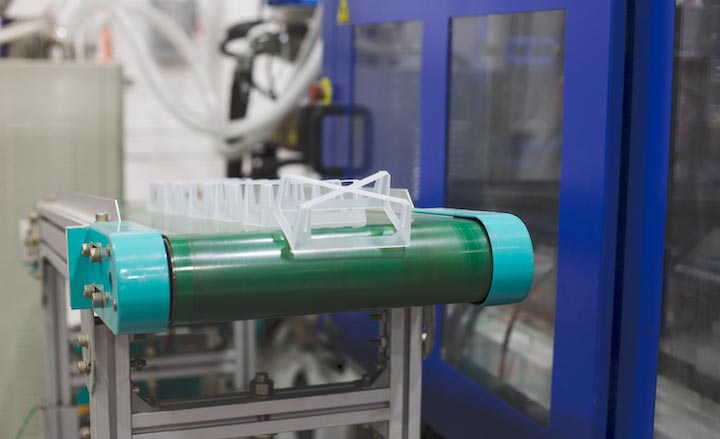ASA is a plastic that works well for early-stage rough prototypes and mechanical strength. For early prototyping applications, ASA is a cost-effective material and, with post-processing options, can provide a superior surface polish than PLA.
- Home
- About Us
- Blog
- Capabilities
Sub-Processes
Plastic Materials
Processes Available
Post Processing
- Contact Us




